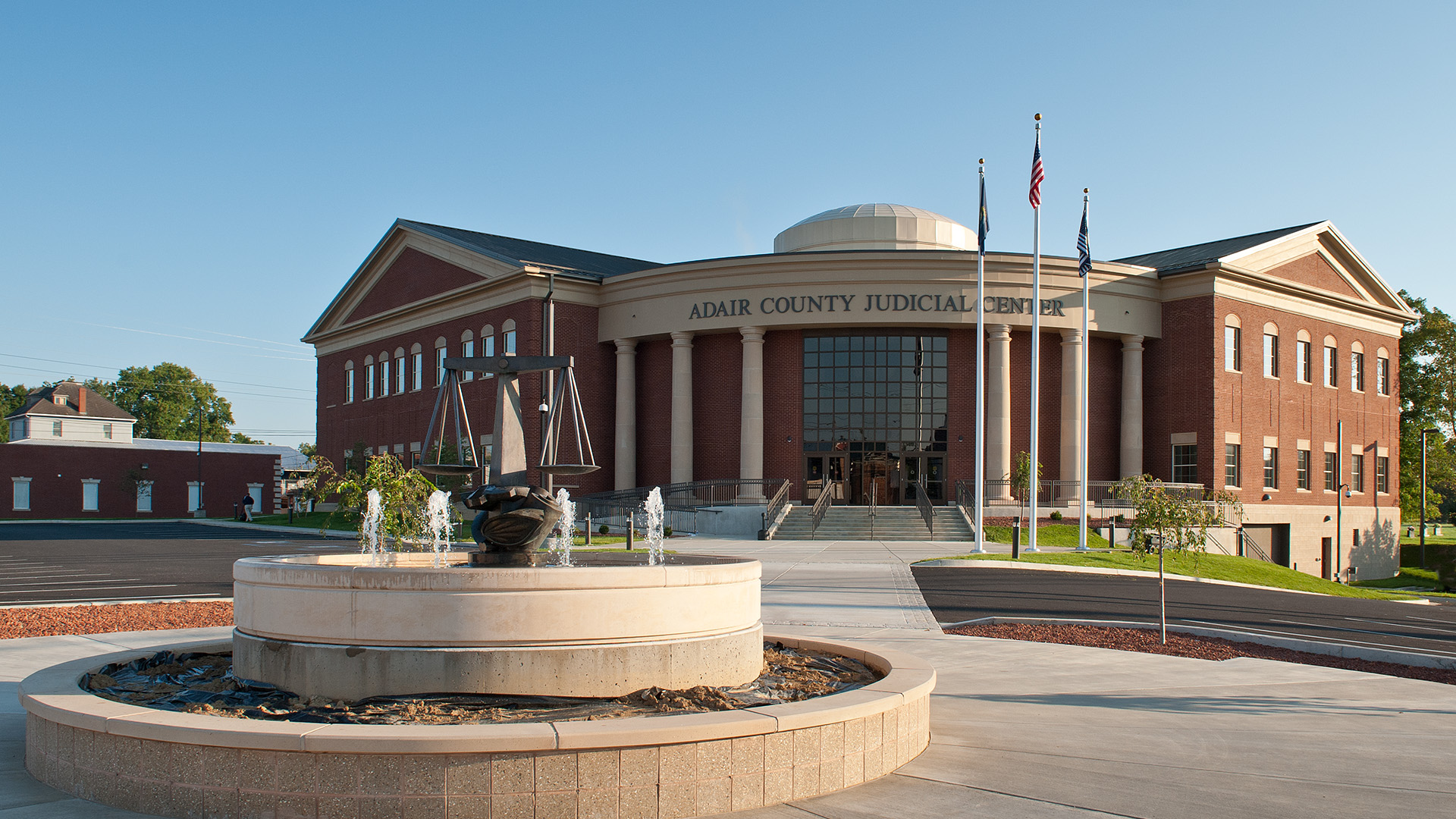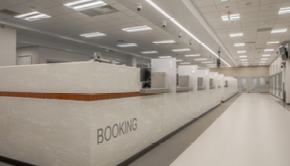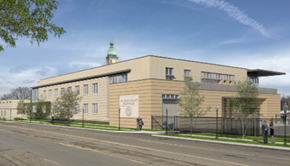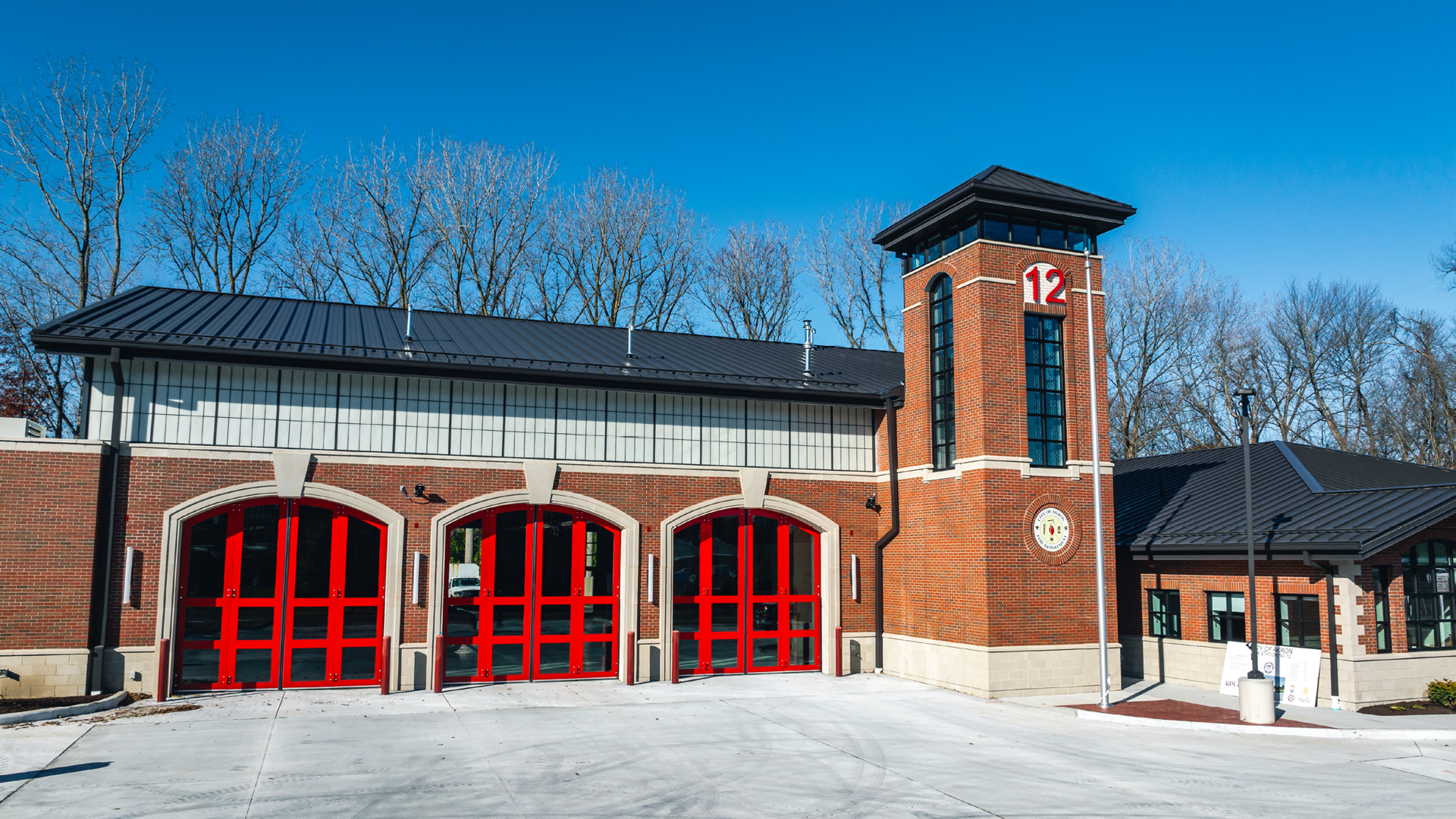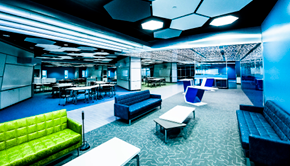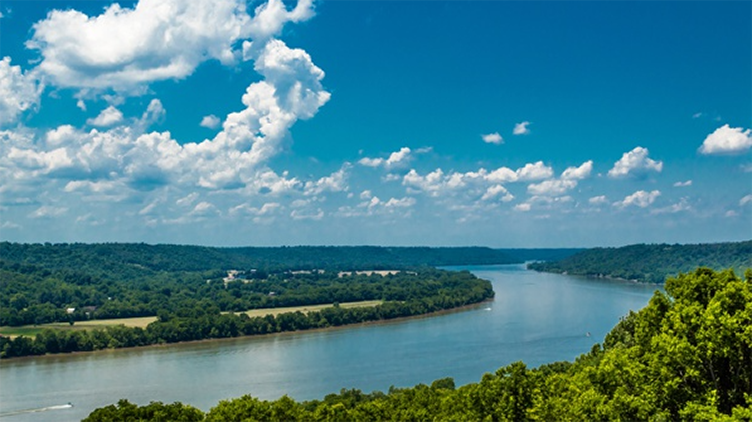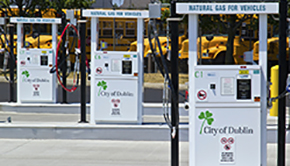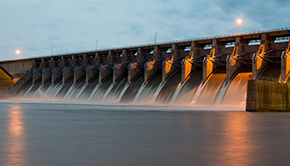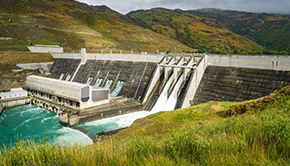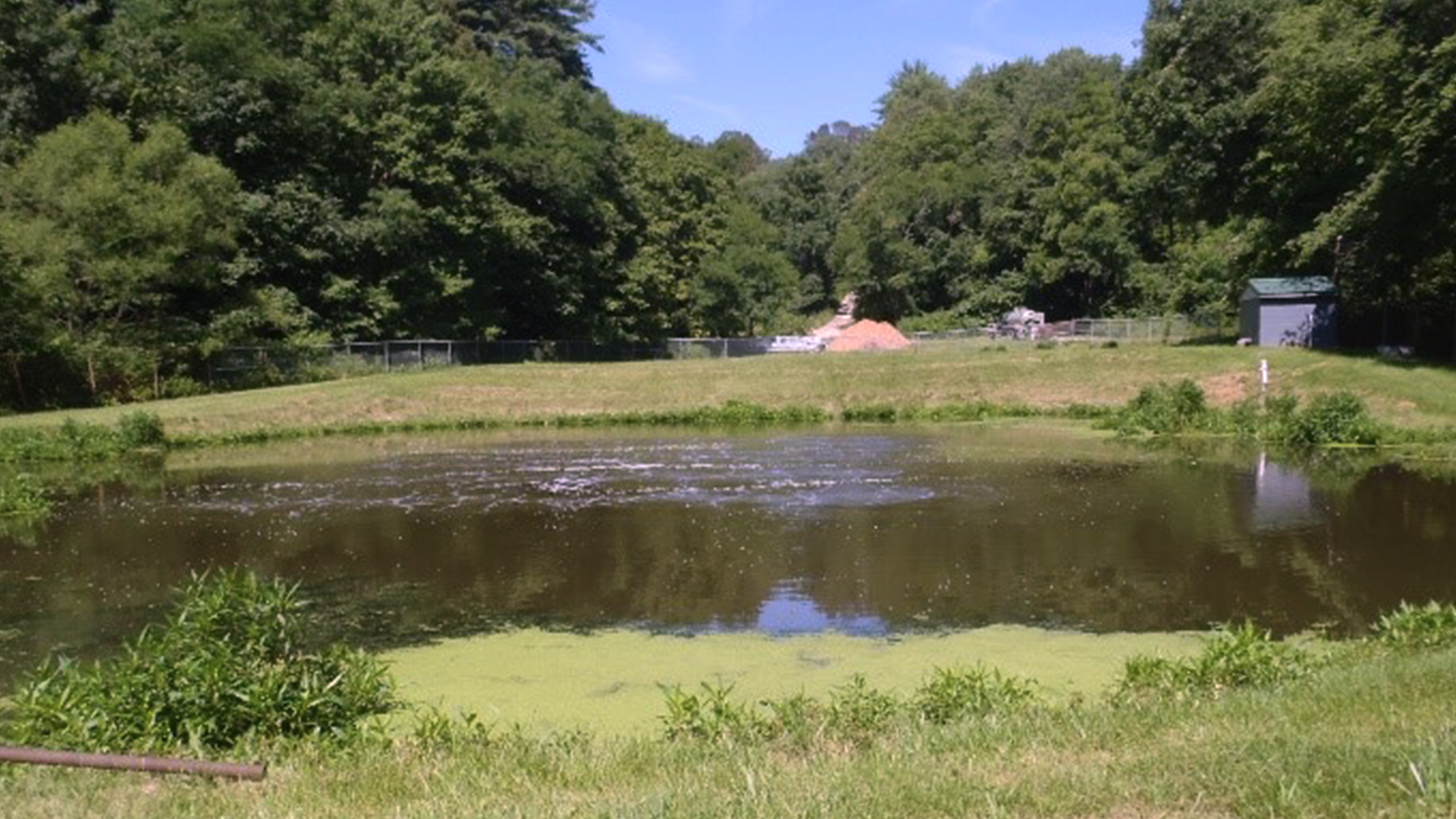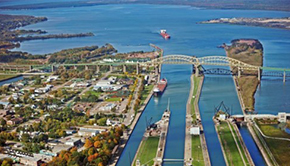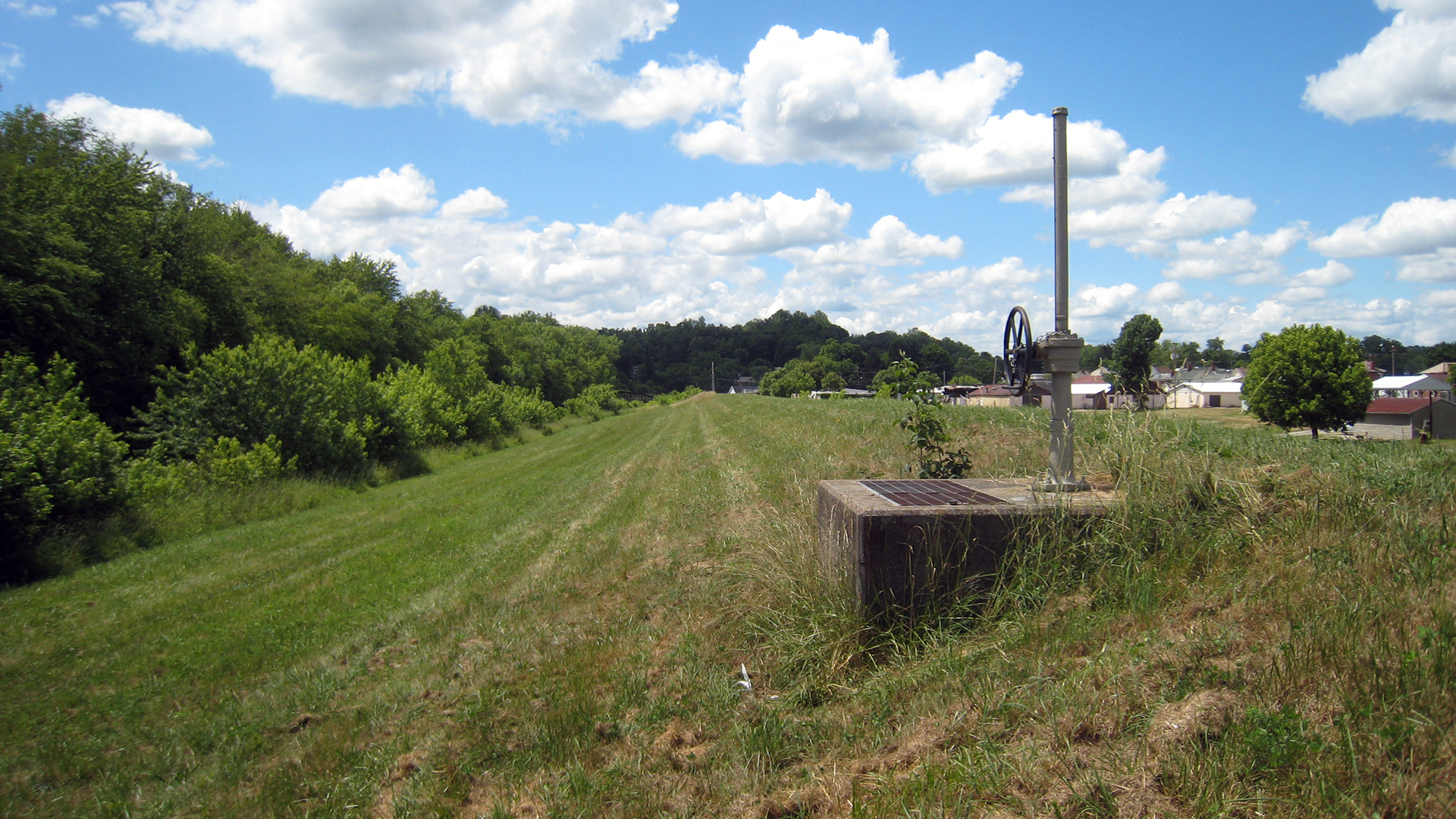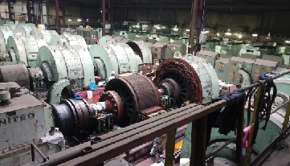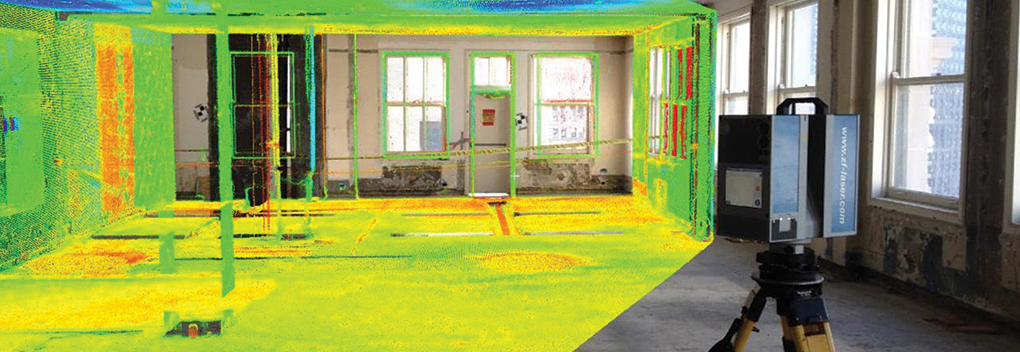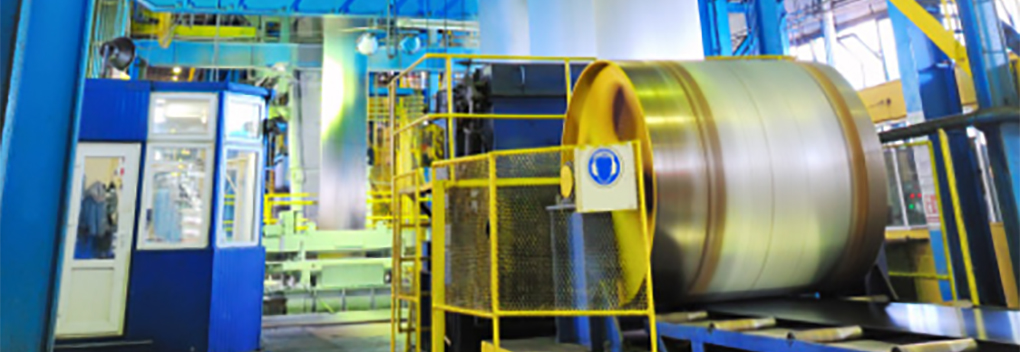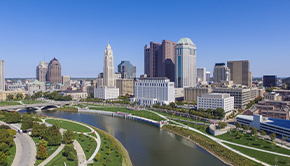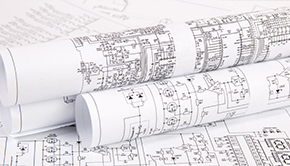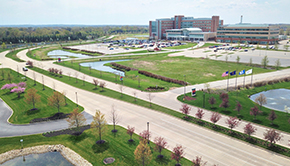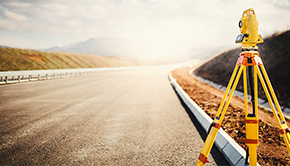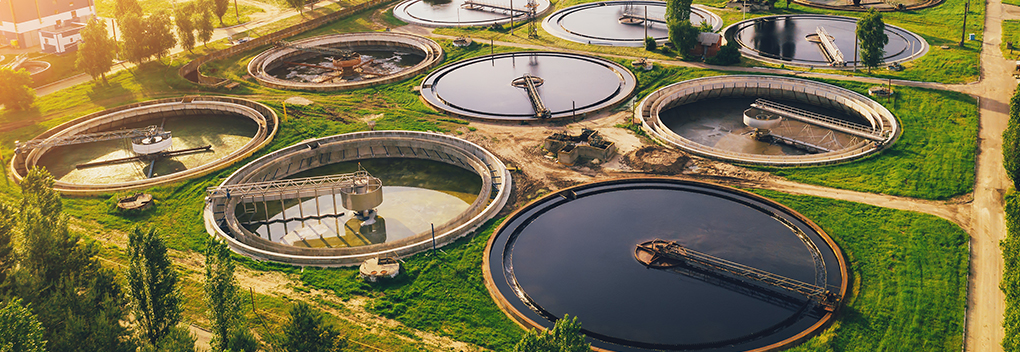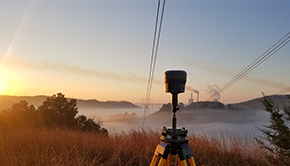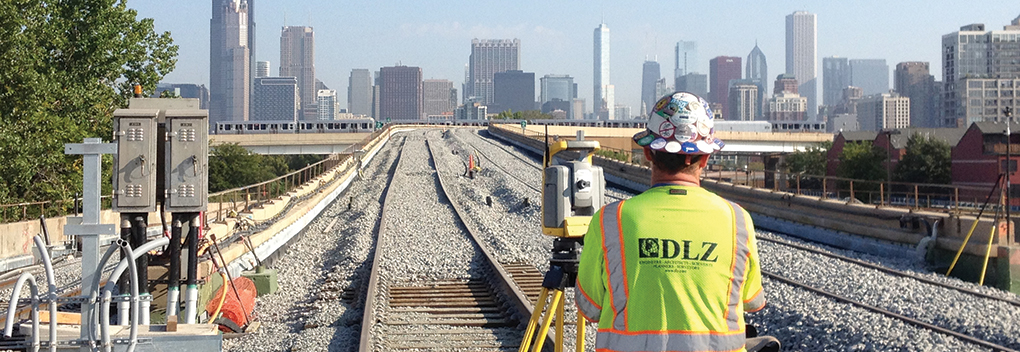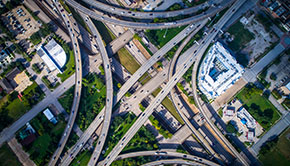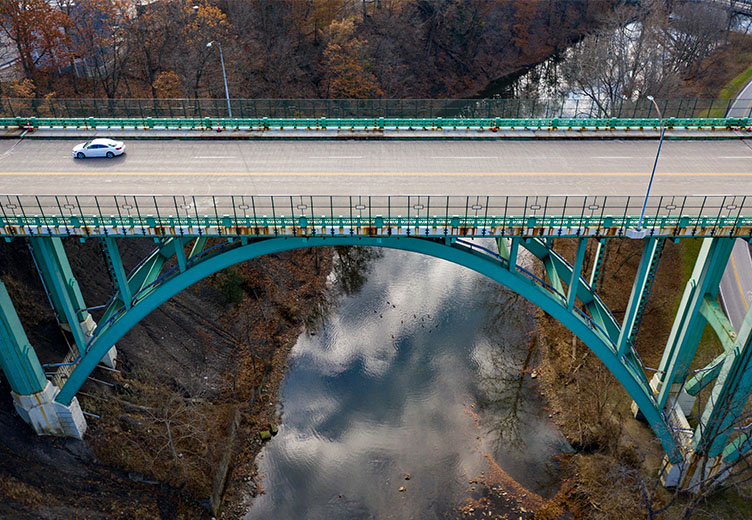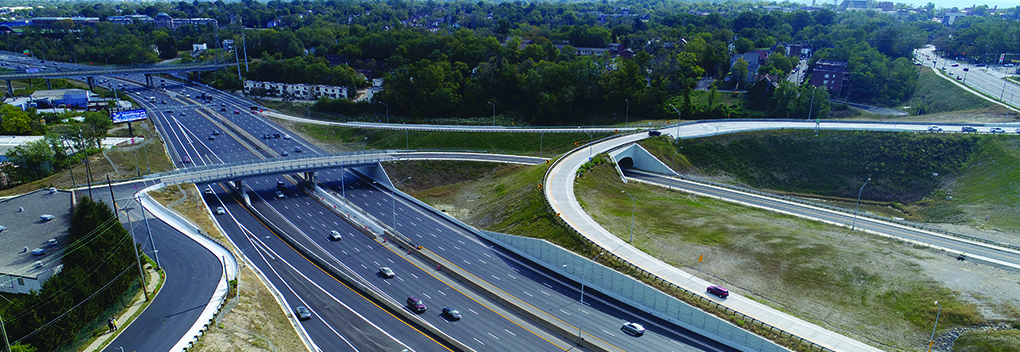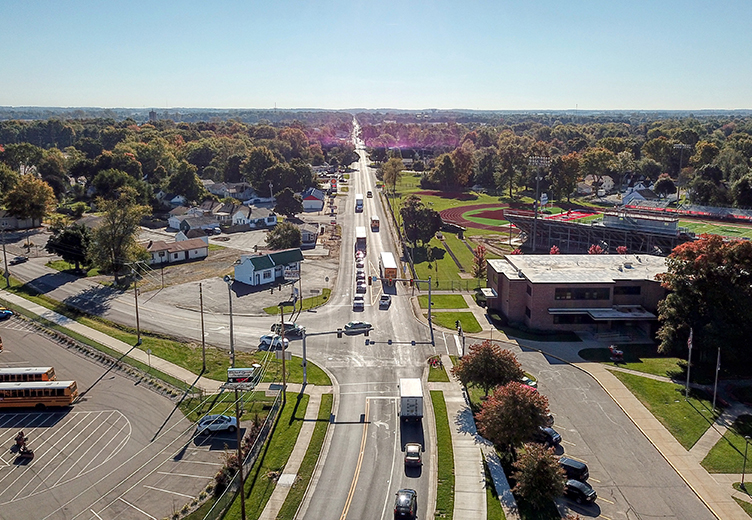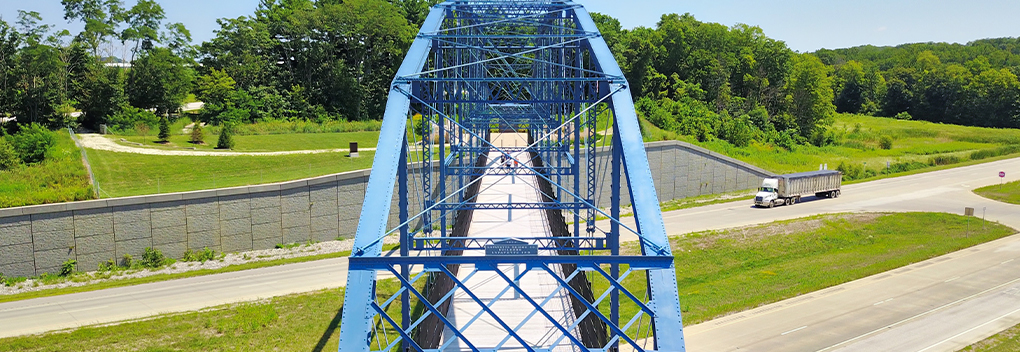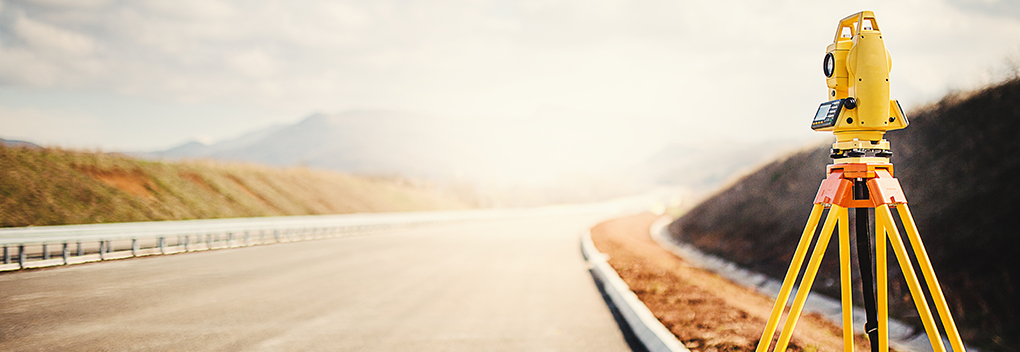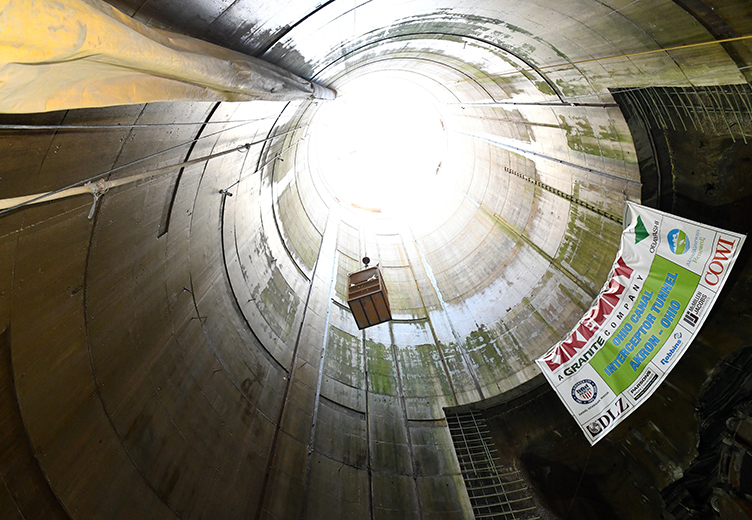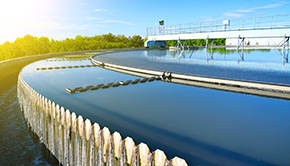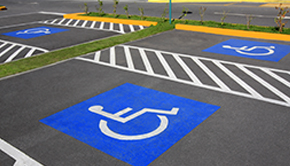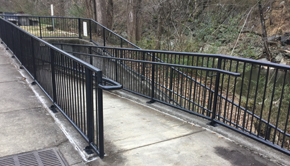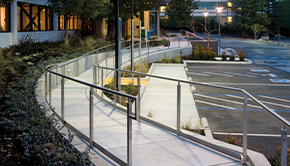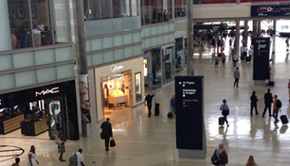Parks serve several important purposes within a community. They provide access to programs such as sports and education, health benefits from exercise and access to nature, and an opportunity for socialization and community involvement. Frequently though, accessibility for persons with disabilities is overlooked or does not meet current standards, limiting the enjoyment of park benefits for some members of our communities. However, there are many opportunities to improve accessibility. These opportunities may be ideal for local community groups wishing to sponsor park improvement on limited funding, park maintenance staff work, or integration with larger park projects.

Opportunity 2 – Improve Athletic Facility Access: Accessible routes should connect to the boundaries of fields and courts. (Note that the actual area of sport activity itself is exempt from a number of requirements so as to not change the nature of the activity.) Wheelchair seating is required in player seating areas. This can be as simple as adding the appropriate size paved space within an existing unpaved seating area or removing segments of fixed benches to accommodate space needed for a person’s wheelchair. At bleacher seating, wheelchair spaces, aisle seats, and connections to accessible routes are also required based on the seating capacity. If you have a public announcement/audio amplification system, consider providing assistive listening devices for park users with hearing impairments. These simple fixes allow everyone to be included in the park programming and share the experiences!
Opportunity 3 – Ensure Site Furnishings are Accessible: Nearly every park has some type of site furnishings, such as benches, picnic tables, grills, trash cans, and drinking fountains. Related projects could include connecting them to the nearest accessible route, providing clear, level ground spaces at picnic tables, grills, ends of benches, and at approaches to trash cans and drinking fountains. Upgrade old drinking fountains; a minimum of 2 are required to provide access to both standing persons and wheelchair users, with different heights and dimensional requirements for each.
Opportunity 4 – Provide Clear and Concise Information through Signage: The International Symbol of Accessibility (ISA) is easily recognizable and communicates which areas of your facility are compliant. The ISA can be used to identify dedicated parking spaces and accessible restrooms. This symbol also provides direction to accessible routes and building entrances, making it easier for persons with disabilities to find the most convenient and useable areas of your park or facility. Trail signage can be added to identify trail conditions and level of difficulty so users may make informed decisions on how to recreate safely. Most signage is subject to requirements for mounting heights, font types, sizes, and contrast, so be sure to check the guidelines when designing new signage.
In addition to utilizing experienced design professionals on your projects, the U.S. Access Board is a great resource for your community. As stated on their website, the Access Board is an independent federal agency that promotes equality for people with disabilities through leadership in accessible design and the development of accessibility guidelines and standards. Their website (https://www.access-board.gov/) provides many avenues to get clarification and specific technical requirements of the items above, such as complete texts of the Americans with Disabilities Act (ADA) standards and guidelines, webinars, animations, research data, newsletters on accessibility topics, and more.
A key point to remember is that better accessibility expands the park experience for all. It improves ease of physical access, whether you are a person using a wheelchair or other mobility device, parents with strollers, or those of us just loaded down with kids’ sports gear and picnic supplies. Most importantly, increased accessibility fosters inclusion and equality for persons of all ages and abilities.

